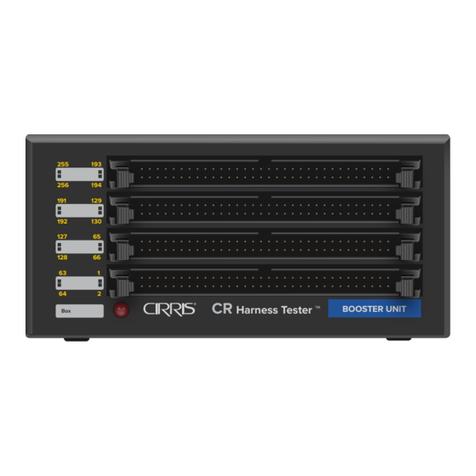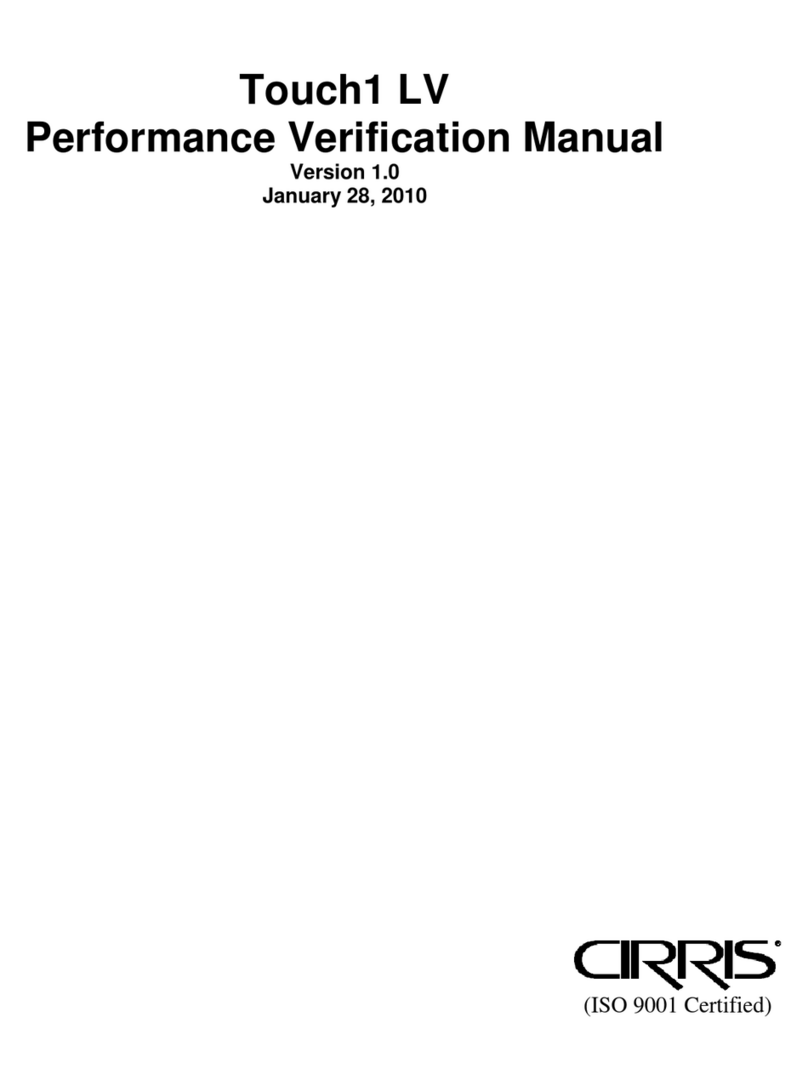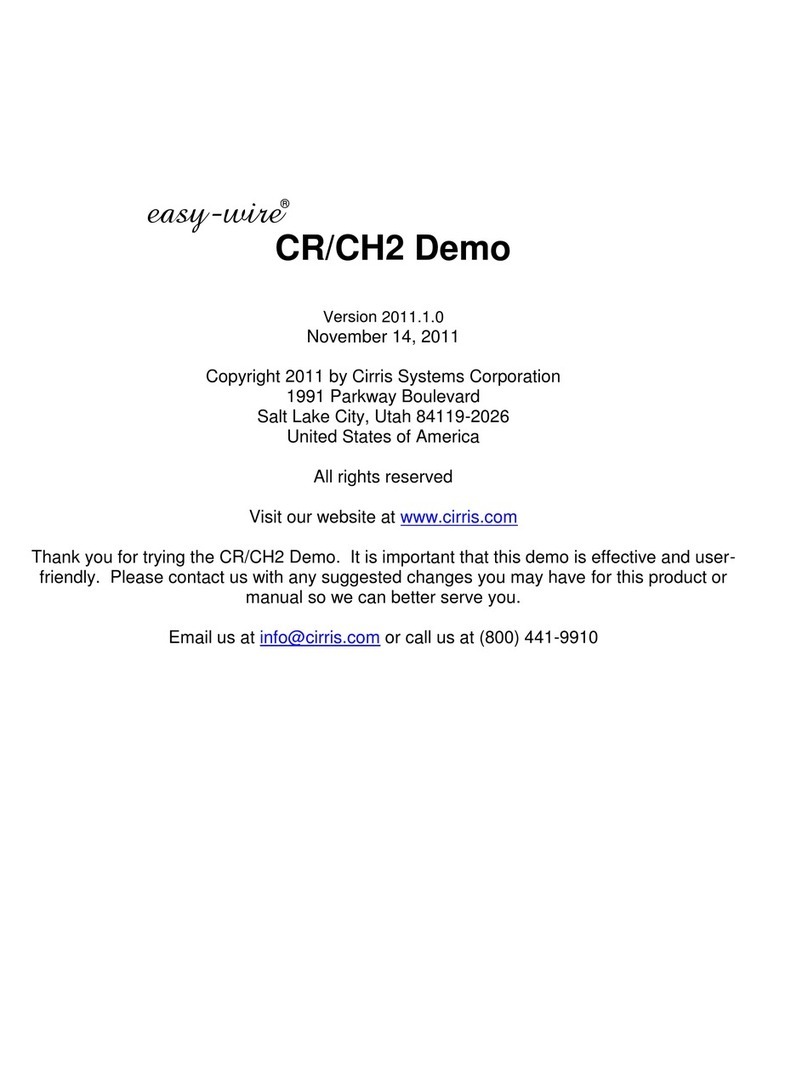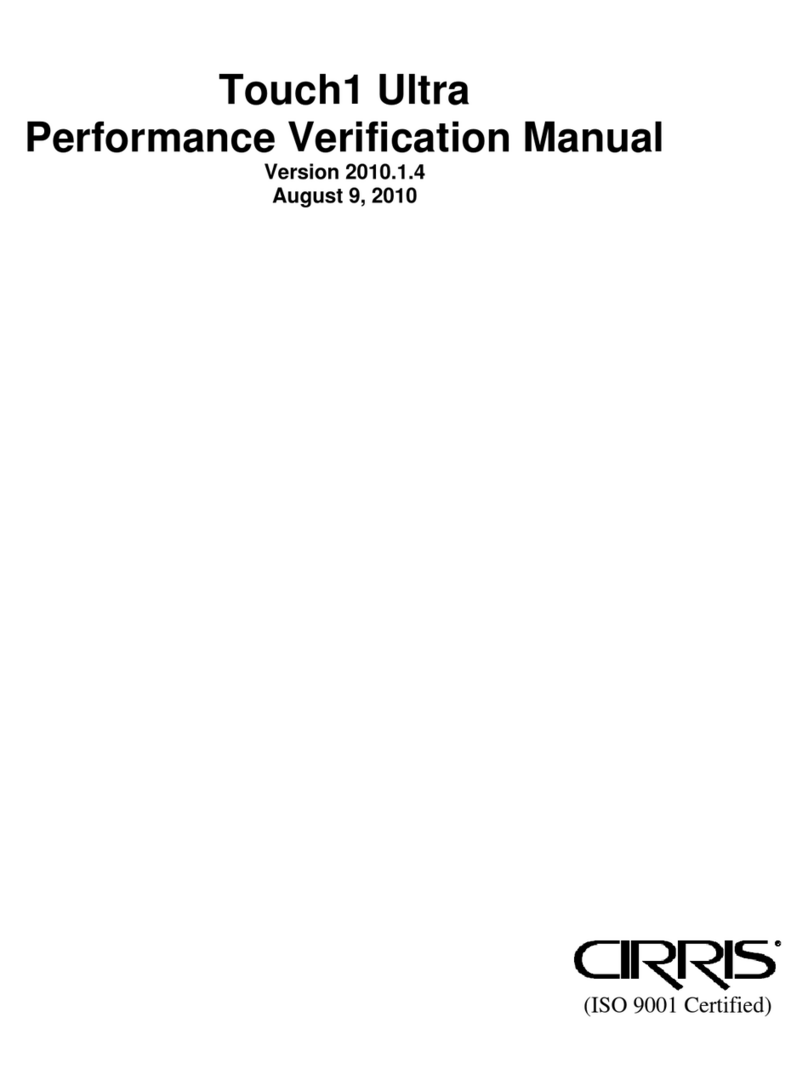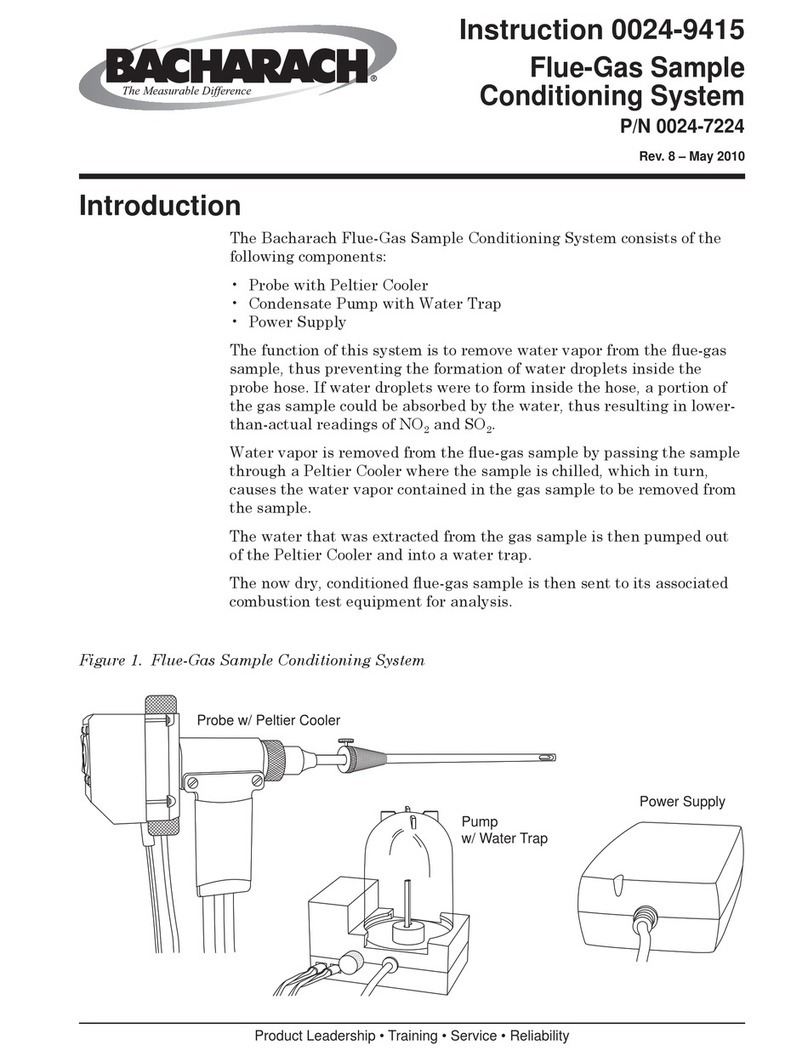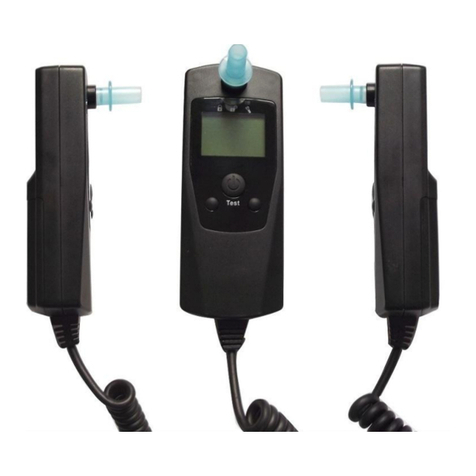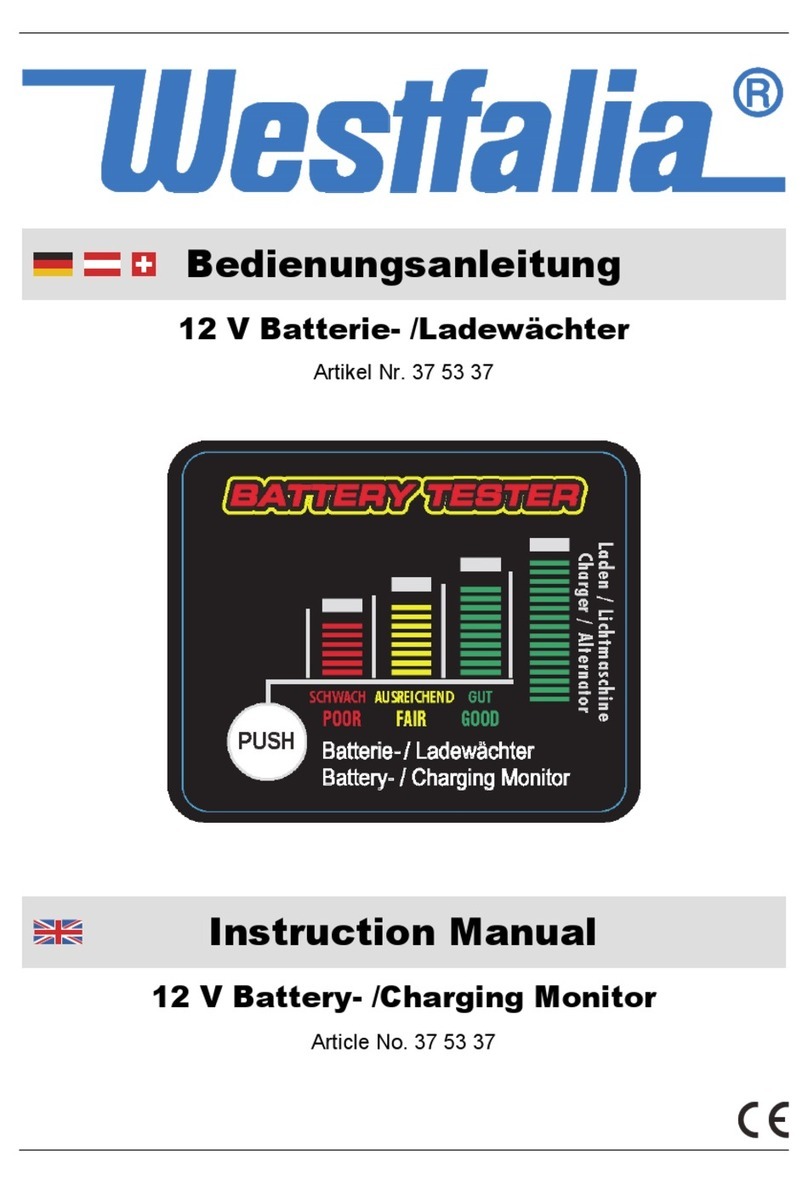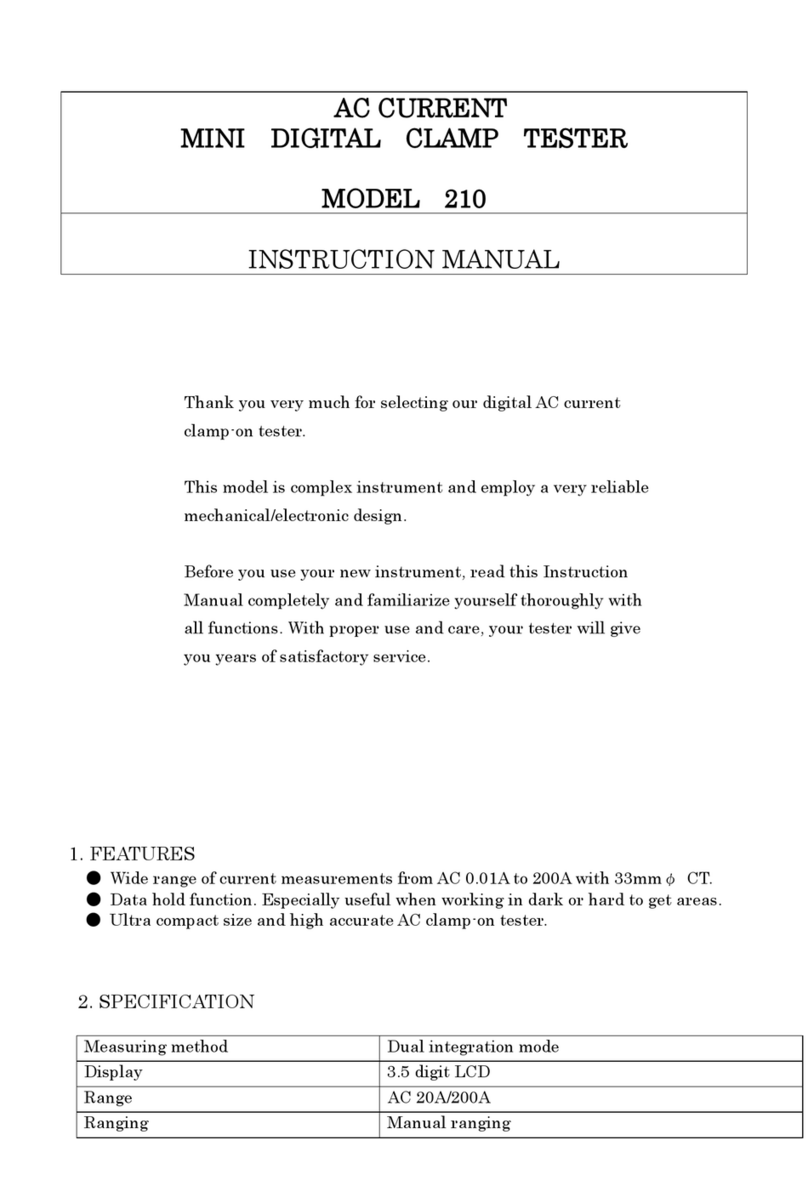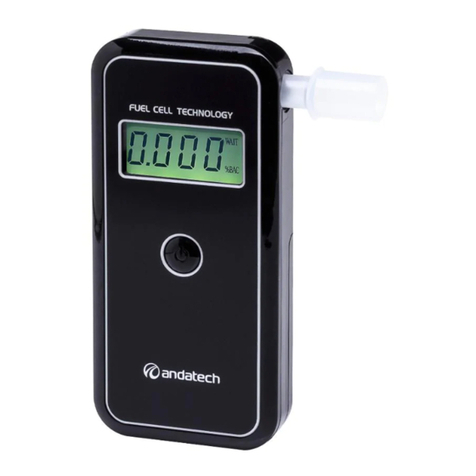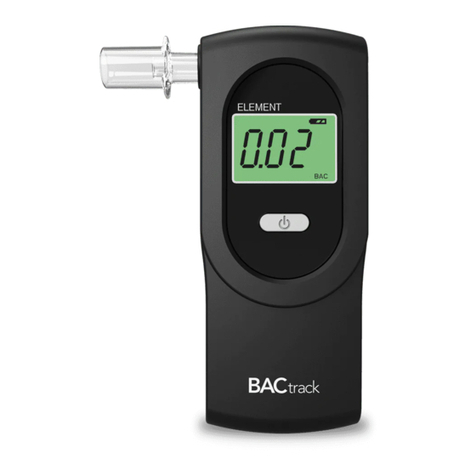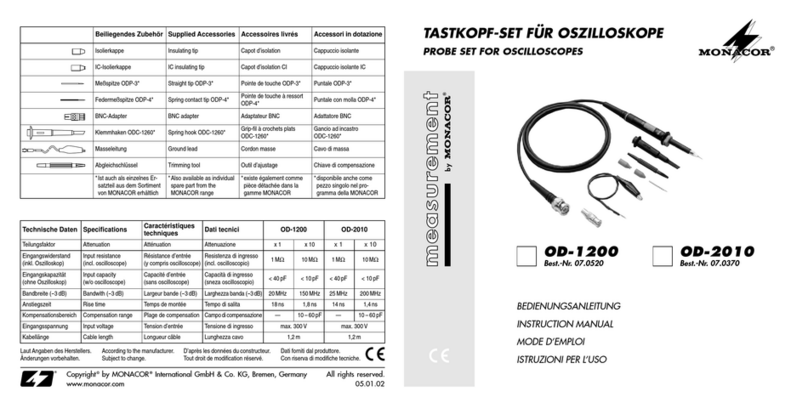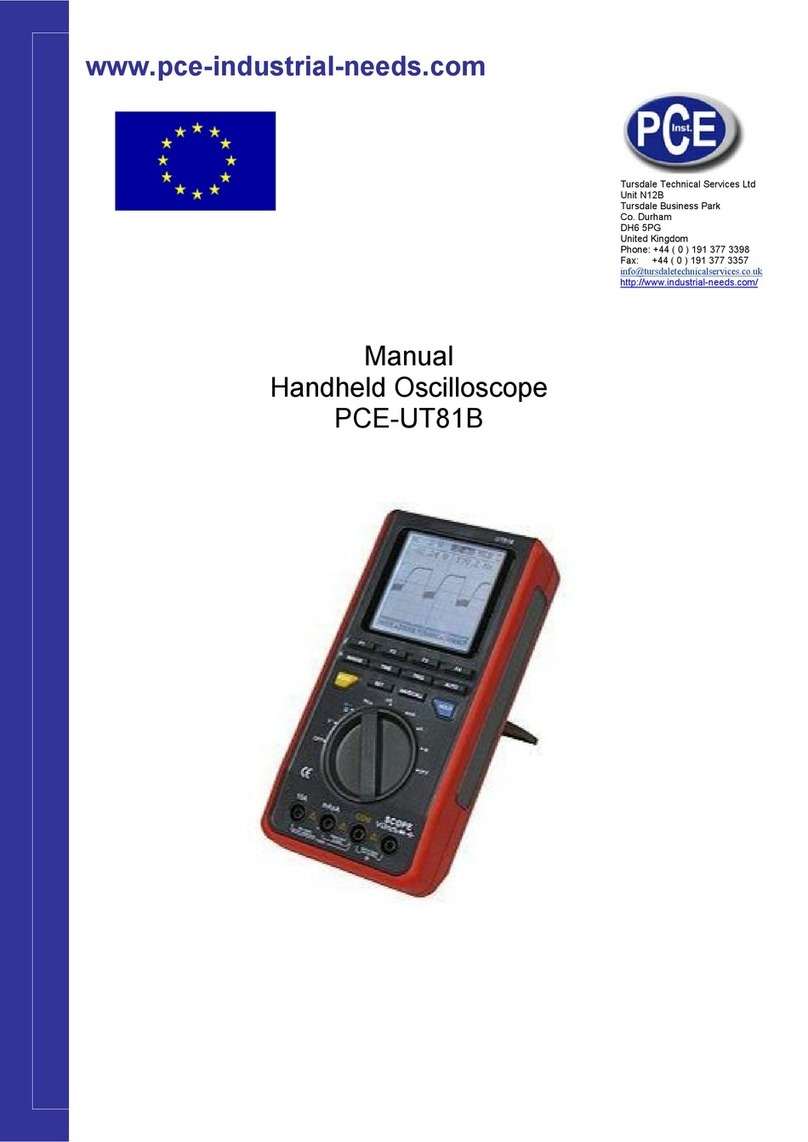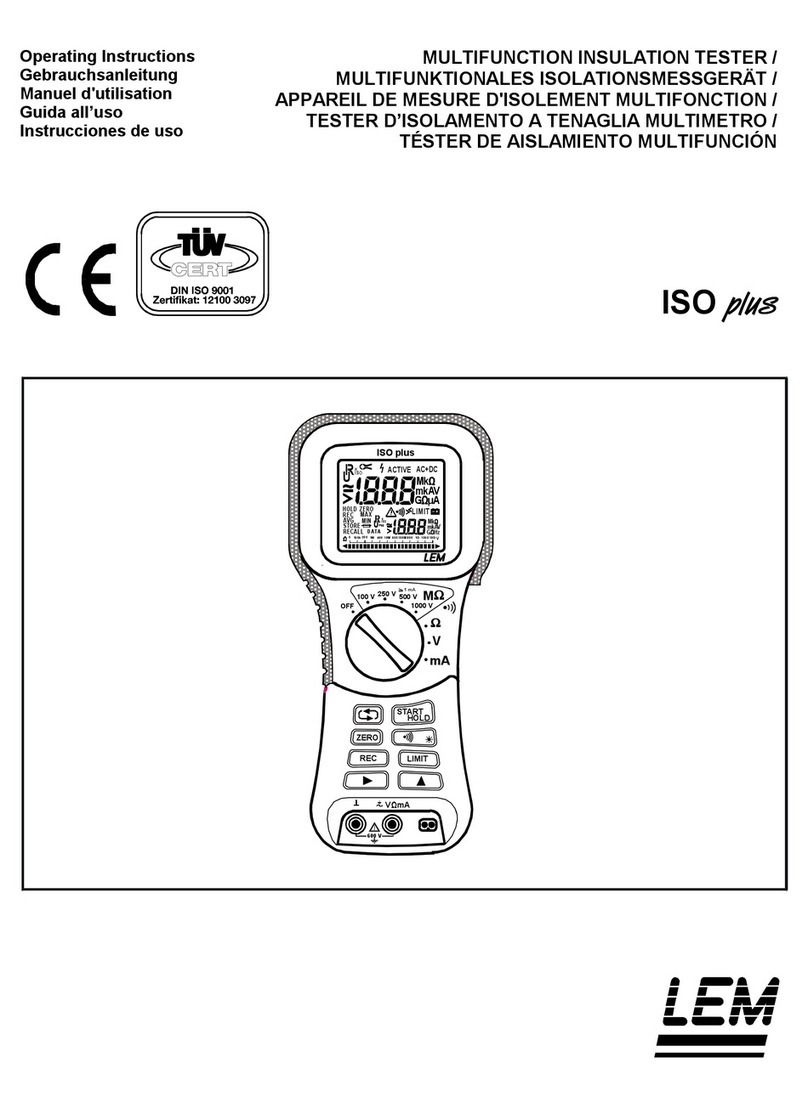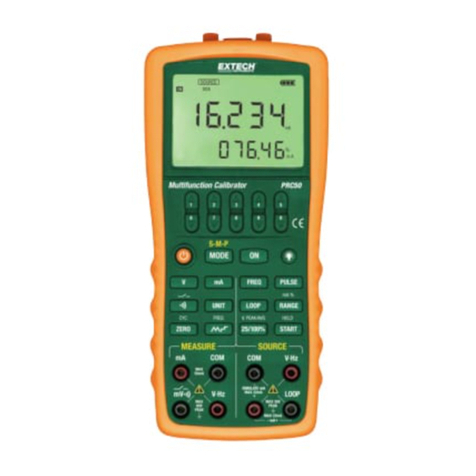
Cirris2
Getting Started
The PC-controlled CH2 system can perform a wide variety of electrical tests
including low voltage continuity, isolation, passive component testing, and
high voltage dielectric withstand and insulation resistance. The system can be
configured to meet custom requirements and can be equipped with advanced
software features and optional meters to extend its measurement capabilities.
This Getting Started Guide is intended to help the new user set up the tester,
install the Easy-Wire software and power up the system. For further information,
including test fixture options and programming guidance, see the Easy-Wire
Help installed with the software and the CH2 User Manual.
Symbols
Symbols used on the tester and in this guide:
Indicates that high voltage is produced by the tester and,
therefore, there is a risk of electric shock if safety warnings are
not followed.
Alerts users to a risk of personal injury or damage to the
equipment.
Indicates that a person using an electronically-controlled
medical device should not be permitted to perform high
voltage testing.
H
Safety
By design and function, the output of high voltage test equipment presents a
risk of electric shock. The extent of the risk is a function of the voltage, current
and high voltage energy or charge. In order to mitigate the risk, without the
external xHV or xHVC power supplies or an external meter, the CH2 high
voltage energy limit is 35 mJ and the high voltage charge limit is 45μC. These
limits prevent circuits energized during high voltage testing from meeting the
definition of HAZARDOUS LIVE found in international standard IEC 61010-1 or
the definition of Dangerous found in European Standard EN 50191.
Important Note: See the respective user manual for additional safety
measures required on CH2 systems that integrate external power
supplies or meters. Such systems may not meet the energy and charge
safety limits of a standard CH2 system.
Regardless of the built-in safety features, operators can still receive a painful
or startling shock when using any high voltage test equipment. Therefore, it’s
necessary to protect workers from exposure to high voltage.












